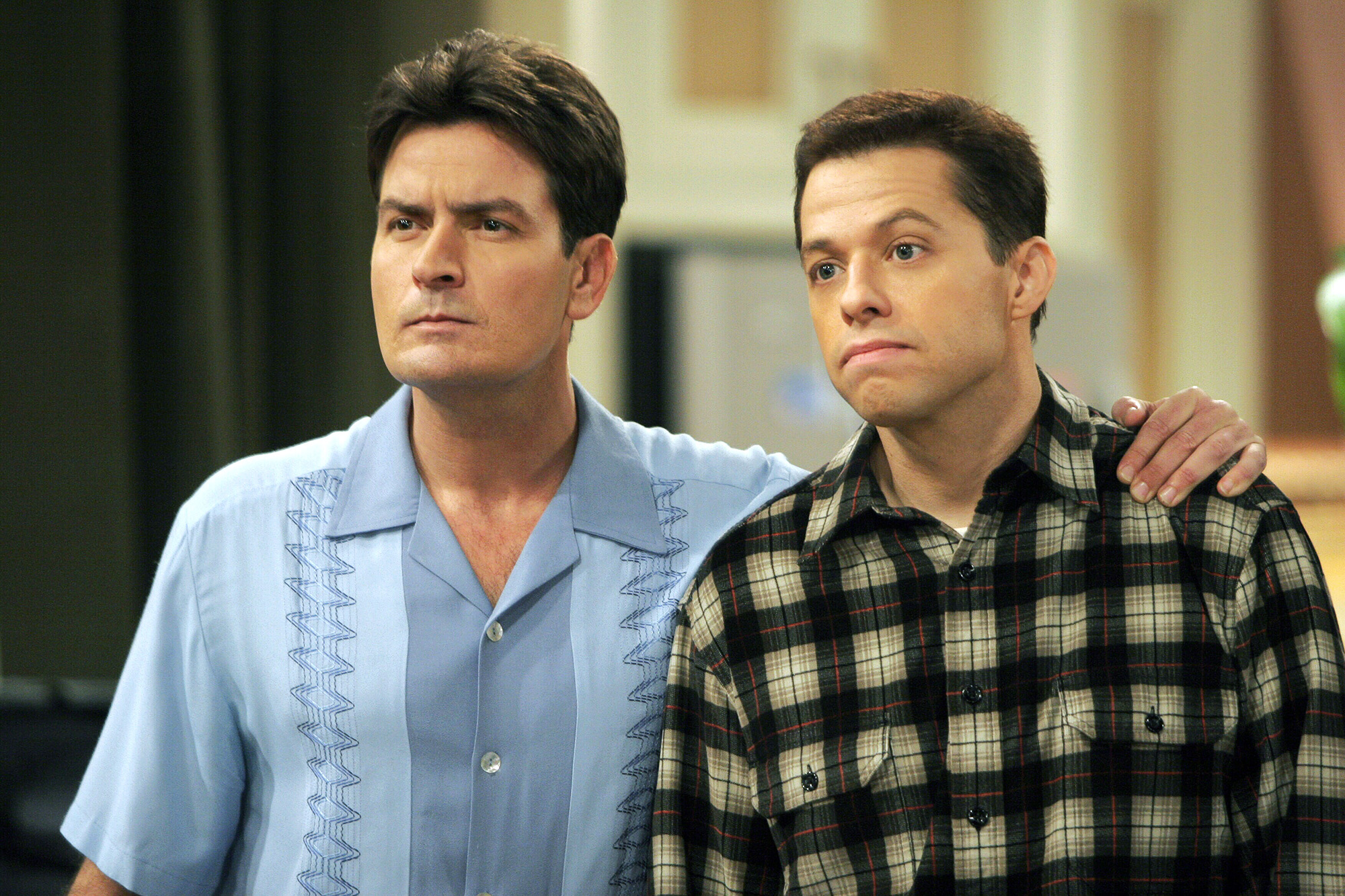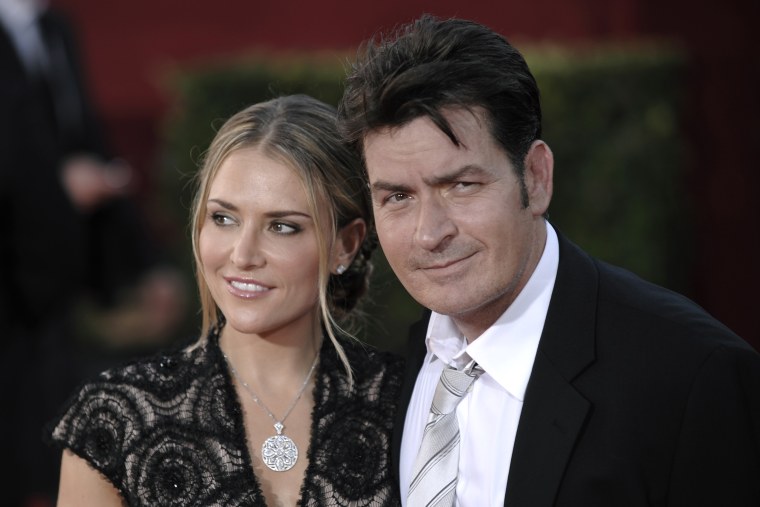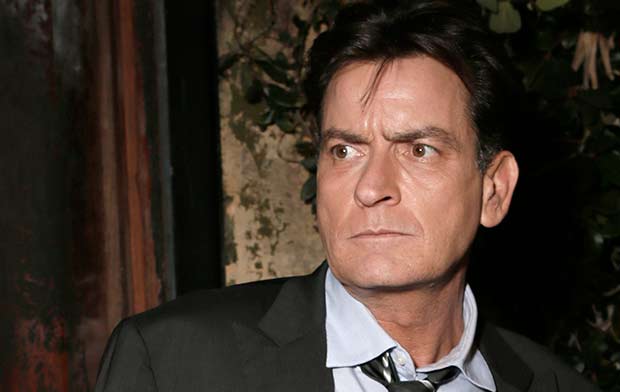Once the highest-paid actor on television, Charlie Sheen was the poster child for Hollywood excess—complete with record-breaking salaries, wild parties, and tabloid-worthy headlines. But in 2025, the story reads very differently. After peaking with annual earnings close to $50 million, Sheen’s current net worth sits at a mere $3 million. A devastating mix of legal troubles, public meltdowns, addiction, and extravagant spending has reshaped the life of a man who once defined prime-time television. His journey from sitcom superstardom to financial survival is one of the most dramatic in Hollywood history.
Early Life and Hollywood Bloodlines
Charlie Sheen was born Carlos Irwin Estévez on September 3, 1965, in New York City, the youngest son of actor Martin Sheen and artist Janet Templeton. Raised alongside his siblings Emilio, Ramón, and Renée—each of whom also pursued careers in acting—Sheen grew up immersed in the entertainment world. After relocating to Malibu, California, he attended Santa Monica High School, where he developed an early passion for both baseball and acting. However, a lack of academic commitment led to his expulsion just weeks before graduation. Even before his breakout, Sheen made early appearances in his father’s films and homemade shorts with childhood friends Rob Lowe and Chris Penn, signaling the beginning of his complicated love affair with the screen.

Charlie Sheen in Oliver Stone’s Platoon (1986)
Rise to Fame in Film and Television
Sheen’s breakout role came in 1984’s Red Dawn, followed quickly by a string of hits that defined 1980s cinema. He earned praise for his performances in Oliver Stone’s Platoon and Wall Street, and cemented his movie star status with roles in Major League, Young Guns, and Hot Shots!. By the early 2000s, Sheen began transitioning to television, stepping into Spin City as the new lead after Michael J. Fox departed due to health issues. Taking over from a beloved actor wasn’t easy, but Sheen made the role his own and earned a Golden Globe for his performance.
In 2003, CBS offered him the role of Charlie Harper in Two and a Half Men, a part loosely inspired by his own off-screen lifestyle. It was a perfect fit. Sheen became the highest-paid actor on TV, dominating ratings and headlines alike. At the peak of his run, he was earning $1.25 million per episode, and with syndication deals factored in, his pay climbed to nearly $2 million an episode—amounting to upwards of $48 million per year.

Charlie Sheen starred in Wall Street alongside Michael Douglas and Father Martin Sheen. Charlie earned approximately $500,000 for his role as Bud Fox in the 1987 film.
Big Paydays and How He Built His Fortune
Sheen’s financial peak came during his run on Two and a Half Men. Between his base salary and lucrative backend points from syndication, he was bringing in tens of millions annually. Following his exit from the show, Sheen landed a deal with FX to star in Anger Management. The agreement, a rare 10/90 deal, granted Sheen an unusually large ownership stake—30% of syndication profits. If the show hit its ratings targets, it could have netted him another fortune. But Anger Management fell short, and despite reaching 100 episodes, the show never generated syndication profits. Sheen ultimately received little return on the ambitious contract.
Beyond TV, Sheen collected millions from film residuals on long-running hits like Wall Street, Major League, and Hot Shots!. He also ventured into endorsements, lending his name to brands like DirecTV, Hanes, Pepsi, and, more controversially, Lelo Hex condoms after revealing his HIV status. In total, Sheen’s lifetime earnings from acting, endorsements, and licensing surpassed $150 million. But as fast as the money came in, it went out even faster.

Two and a Half Men.
The Cost of Controversy
Despite the incredible earnings, Sheen’s fortune quickly unraveled. His 2011 public feud with Two and a Half Men creator Chuck Lorre led to his firing, costing him millions in lost income. That same year, he was going through a bitter divorce from his third wife, Brooke Mueller, with whom he shares twin sons. Between her and ex-wife Denise Richards, Sheen was paying over $110,000 a month in child and spousal support. In 2016, he asked a court to reduce the payments, citing a dramatic drop in income.

Denise Richards And Charlie Sheen
Court filings revealed he was $12 million in debt, much of it tied to mortgages on multiple luxury homes. He also admitted to spending $10 million over four years to privately settle cases related to his HIV diagnosis. Legal fees, health care costs, and a lifestyle that included private jets, expensive drugs, and live-in girlfriends—whom he famously referred to as his “goddesses”—contributed to his rapid financial decline.

Charlie Sheen and ex-wife Brooke Mueller
The Show’s Real Downfall: Not Just Charlie
While Charlie Sheen’s departure in 2011 was a seismic moment in television history, many longtime fans argue the show had already begun unraveling before his exit. The root of the problem? Jake Harper.
Portrayed by Angus T. Jones, Jake was the emotional center of Two and a Half Men—the “half” in the show’s title, and the unlikely glue between Charlie and Alan. In its early seasons, Jake brought balance and heart, offering innocence and unpredictability that countered the adult cynicism. But as the series went on, the writers reduced him to a punchline, relying on lazy gags about his intelligence and appetite. Instead of evolving into a complex teen, Jake was flattened into a caricature.
By the time Sheen left the show, Jake had already been sidelined. His character was eventually written out entirely after Jones denounced the show’s content and exited quietly, off-screen. Without Jake, the original premise collapsed. Alan and Charlie’s uneasy cohabitation made less sense, and the emotional stakes were lost. Many fans believe the mishandling of Jake’s arc—not just Sheen’s meltdown—was the real turning point. In hindsight, the show’s downfall began not with Charlie’s exit, but with the quiet disappearance of the “half” in Two and a Half Men.

Real Estate Rise and Fall
Sheen’s real estate journey mirrored his larger-than-life persona—and eventual downfall. In 2006, he purchased a 9,000-square-foot Beverly Hills mansion in the gated Mulholland Estates for $7.2 million. The home became infamous as the headquarters of his chaotic post-Two and a Half Men era. It featured a screening room, expansive backyard, and hosted wild parties. Sheen initially listed the mansion for $10 million in 2018, but after several price cuts, he sold it for $6.6 million in 2020—taking a substantial loss.
This wasn’t his only misstep in real estate. He also bought and sold multiple other homes within Mulholland Estates, usually at a financial loss. One home, purchased for $7 million, sold for $6.6 million. Another, bought for $4.8 million, was eventually flipped for $5.4 million before Kendall Jenner acquired it years later. After shedding most of his high-end properties, Sheen moved in with his parents for a brief period. Since 2022, he has been renting a modest home in Malibu for approximately $16,000 per month.

Beverly Hills mansion in the gated Mulholland Estates
Personal Life and Public Meltdowns
Sheen’s romantic history is as headline-grabbing as his career. His first marriage to Donna Peele ended quickly. His second, to actress Denise Richards, produced two daughters but ended in a storm of allegations including drug abuse and domestic violence. His third marriage, to Brooke Mueller, also ended in turmoil. After their divorce, Sheen made waves by moving in with both a porn star and a model, simultaneously. He’s also been engaged to adult film actress Brett Rossi, though that engagement was later called off.
In 2015, Sheen publicly announced he was HIV-positive, a diagnosis he had kept private for four years. He claimed to have spent millions keeping it out of the media. Despite his health challenges and reputation, Sheen has remained active in philanthropy, particularly with AIDS organizations, and maintains a complicated but ongoing relationship with his family, including his brother Emilio Estevez.
Collaborations and Cultural Footprint
Over his long career, Sheen has worked with Hollywood royalty—from Oliver Stone to Tom Berenger, Jon Cryer, and even Lindsay Lohan. His dynamic with brother Emilio Estevez was spotlighted in Rated X, and in 2023–24, Sheen made headlines for reuniting with former nemesis Chuck Lorre in the HBO Max series Bookie. The reunion hinted at a possible comeback, or at least closure.
More surprising was the praise from fellow Canadian actor Ryan Reynolds, who recently called Sheen “a lesson in resilience—messy, but human.” And years earlier, Peter Jackson’s film The Frighteners featured Sheen in what many critics consider his most underrated role. His cultural footprint is undeniable—even if it’s as infamous as it is iconic.
Where He Stands in 2025
Charlie Sheen’s story is one of the most chaotic, cautionary, and strangely enduring tales in Hollywood. At his peak, he earned more money than any other actor on television. At his lowest, he filed court documents revealing he couldn’t pay child support or secure consistent work. Yet here he is, in 2025—still standing, still acting, still a name that turns heads.
Whether you view him as a brilliant performer undone by personal demons or a reckless talent who flew too close to the sun, Sheen remains one of the most unforgettable figures in entertainment history. And in an industry built on reinvention, his next act might still surprise us.








